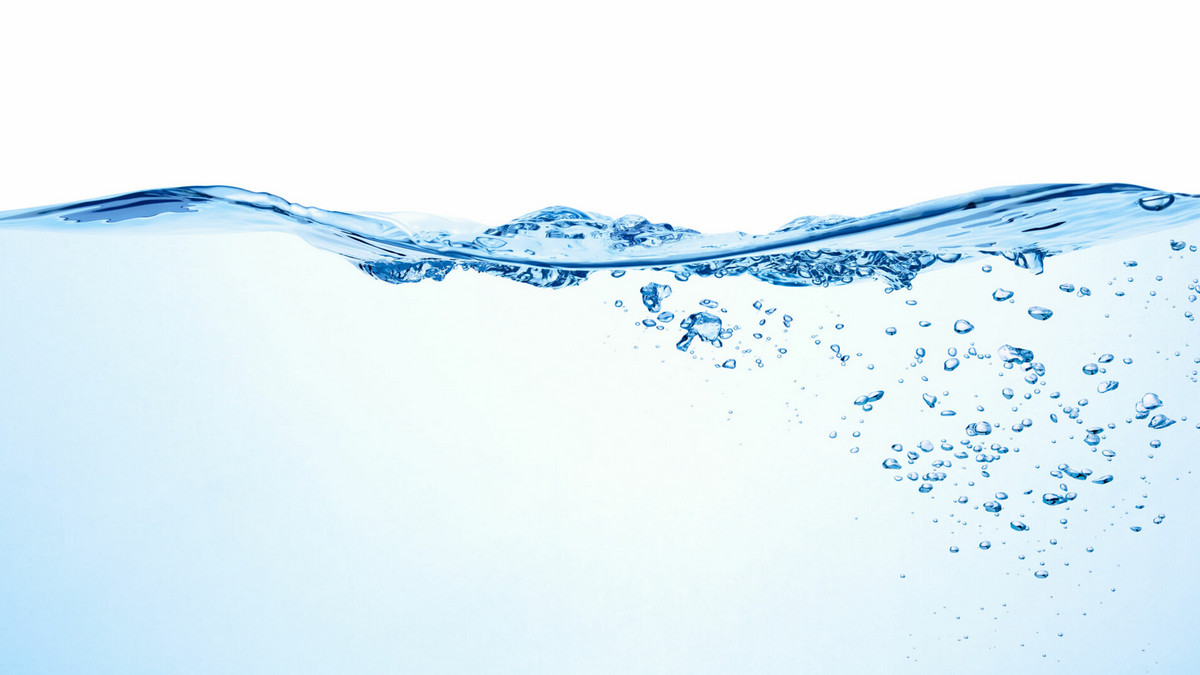Reverse osmosis (RO) filtration systems have become a staple in water purification due to their ability to remove contaminants effectively. However, the efficiency and longevity of an RO system depend heavily on precise water flow control. Pressure valves and flow restrictors play a crucial role in optimizing the system's operation by regulating pressure and ensuring optimal flow rates. These components improve RO system efficiency, reducing wastewater, and maintaining membrane performance.
Function of Pressure Valves and Flow Restrictors in RO Systems
Pressure valves and flow restrictors contribute significantly to the proper functioning of an RO filtration system. Their benefits include:
• Optimized Water Flow: Ensuring the correct balance of pressure and flow enhances system efficiency and minimizes wastewater production.
• Extended Membrane Life: Regulating water pressure prevents membrane fouling and degradation, increasing its lifespan.
• Energy Efficiency: By maintaining ideal pressure levels, these components reduce energy consumption in pump-assisted RO systems.
• System Protection: Pressure valves prevent pressure surges that could damage system components, while flow restrictors ensure a steady, controlled flow to maintain purification efficiency.
• Improved Water Quality: By ensuring proper filtration dynamics, these devices help maintain the highest water purity standards.
Beyond RO filtration, pressure valves and flow restrictors are used in various water treatment applications, including industrial filtration systems, desalination plants, and home water purification setups, where precise pressure and flow regulation are essential.
Pressure Valves
Pressure valves manage water pressure within an RO system, preventing fluctuations that could compromise performance. Here are three of the most common pressure valves and how they work:
Automatic Shut-Off Valves (ASOVs)
Designed to stop water flow when the storage tank is full, preventing unnecessary waste. They work by sensing pressure differential across the storage tank and feed line, activating a diaphragm-controlled mechanism that stops water input when pressure balance is reached. When the storage tank reaches approximately two-thirds of the incoming water pressure, the ASOV closes.
Check Valves
These use a spring-loaded or gravity-assisted seal to prevent backflow, ensuring water moves in the correct direction through the RO membrane. They are installed on the permeate line to ensure purified water does not flow backward into the membrane, which could cause contamination and system inefficiencies.
Pressure Regulating Valves (PRVs)
These valves employ diaphragm- or piston-based mechanisms to maintain consistent pressure within the RO system, ensuring that it remains within the optimal range (typically 40-80 psi) to prevent pressure spikes that could damage the membrane and other components.
Flow Restrictors
Flow restrictors provide controlled resistance in the drain line, creating back pressure to ensure sufficient osmotic pressure remains within the membrane. By controlling wastewater discharge, they maintain the proper feed-to-reject ratio, typically 1:3 or 1:4 in standard RO systems, ensuring proper membrane pressure and function. Flow restrictors are sized according to the membrane’s gallons-per-day (GPD) rating, ensuring the correct flow restriction for each system to maintain efficiency and minimize excess waste.
Capillary Flow Restrictors
These are simple small tubes inserted inside the drain tubing that create back pressure to control the wastewater flow rate for optimal RO membrane performance.
Inline Flow Restrictors
These are external devices that can be inserted into the drain line to control flow rates. Unlike capillary restrictors, they are standalone units that can be easily replaced or adjusted. They are commonly used in commercial and high-flow RO applications where more consistent control is required.
Adjustable Flow Restrictors
These restrictors have a manually adjustable valve or screw mechanism that can be tightened or loosened to control the flow rate. They are ideal for systems where water conditions fluctuate, providing the flexibility to optimize performance based on real-time needs.
Best Practices for Using Pressure Valves and Flow Restrictors in RO Systems
• Select the Correct Size: Ensure the pressure valve and flow restrictor match the RO membrane's capacity to maintain optimal efficiency. A mismatch between the membrane and flow restrictor can lead to excessive wastewater production or inadequate purification.
• Regular Maintenance and Cleaning: Over time, debris and scale can clog restrictors and valves, reducing performance. Periodic cleaning and replacement are essential.
• Monitor System Pressure: Using a pressure gauge helps detect fluctuations early, preventing potential system failures.
By properly maintaining pressure valves and flow restrictors and avoiding these common mistakes, users can enhance water purification efficiency, reduce water wastage, and extend membrane life.






.png)







